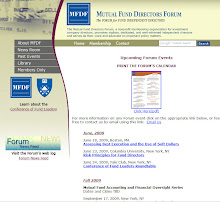Step 1 requires the determination of whether the market for the security is inactive. The proposal provides factors that indicate that a market is not active, including:
a. Few recent transactions (based on volume and level of activity in the market). Thus, there is not sufficient frequency and volume to provide pricing information on an ongoing basis.
b. Price quotations are not based on current information.
c. Price quotations vary substantially either over time or among market makers (for example, some brokered markets).
d. Indexes that previously were highly correlated with the fair values of the asset are demonstrably uncorrelated with recent fair values.
e. Abnormal (or significant increases in) liquidity risk premiums or implied yields for quoted prices when compared with reasonable estimates (using realistic assumptions) of credit and other nonperformance risk for the asset class.
f. Abnormally wide bid-ask spread or significant increases in the bid-ask spread.
g. Little information is released publicly (for example, a principal-to-principal market).
Step 2. If, after considering the factors in Step 1, the market for the asset is determined to be inactive, then it should be assumed that a quoted price "is associated with a distressed transaction unless the reporting entity has evidence that (a) there was sufficient time before the measurement date to allow for usual and customary marketing activities for the asset and (b) there were multiple bidders for the asset."
And if the analysis above determines that the transaction price is a distressed price, then a valuation technique should be used other than one using the quoted price (without significant adjustment). If the transaction is not distressed, then the quoted price may be a relevant observable input that should be considered in estimating fair value, considering other conditions that may warrant making an adjustment to the quoted price.
The full text of proposed FASB Staff Position 157-e is available at: http://www.fasb.org/fasb_staff_positions/prop_fsp_fas157-e.pdf





